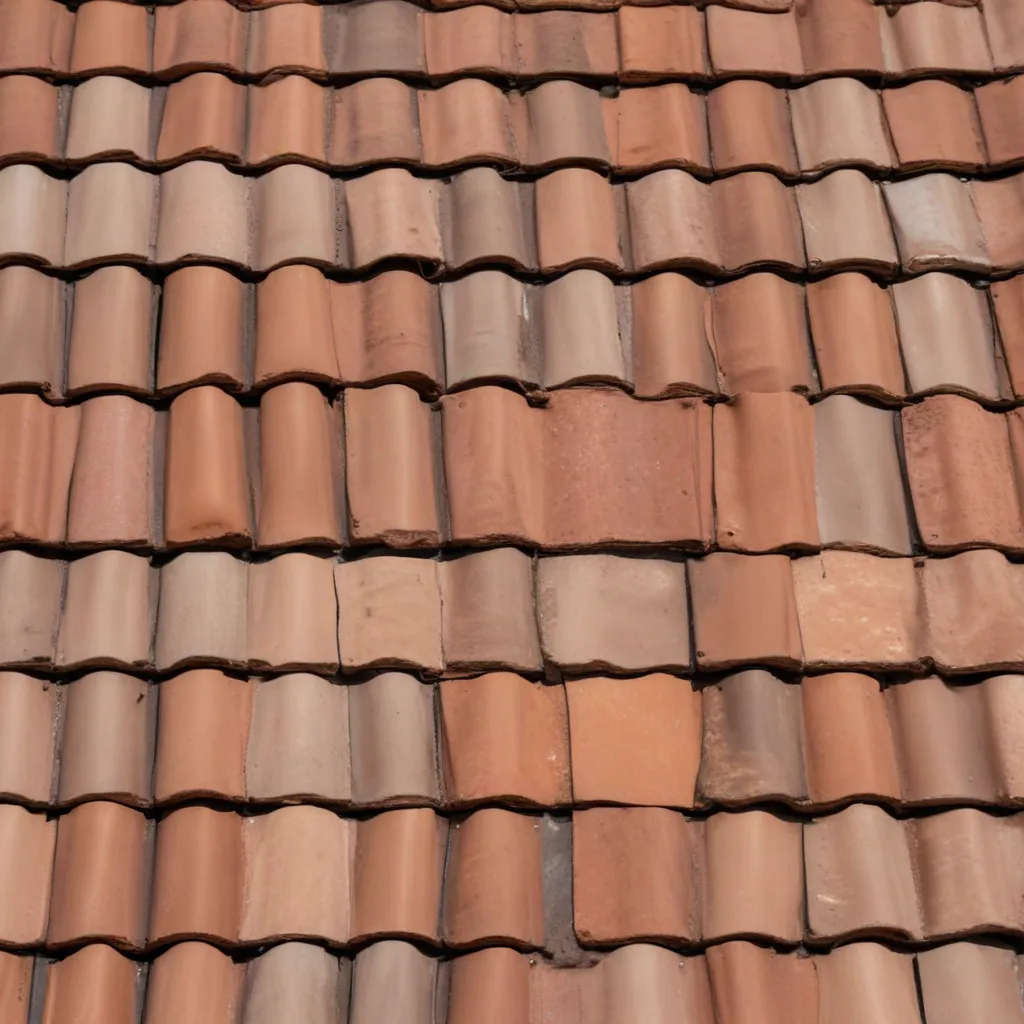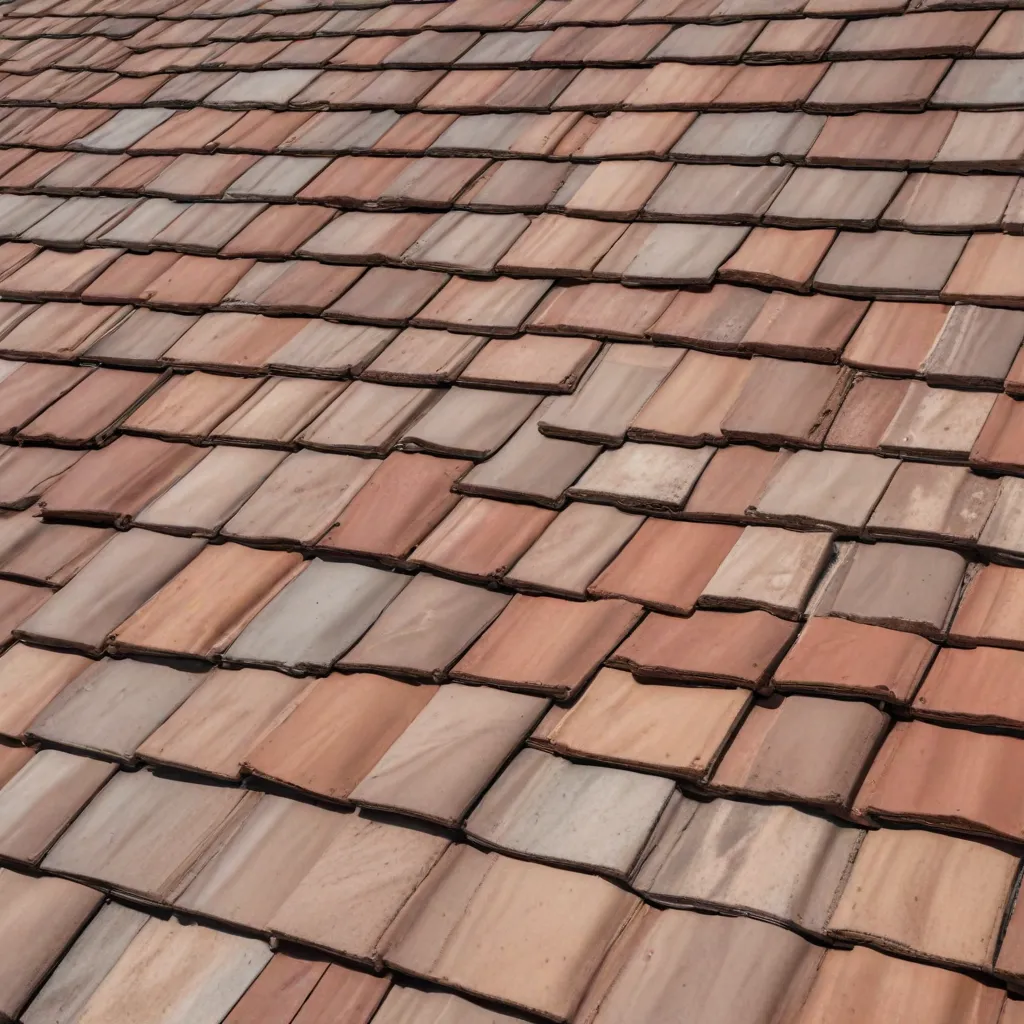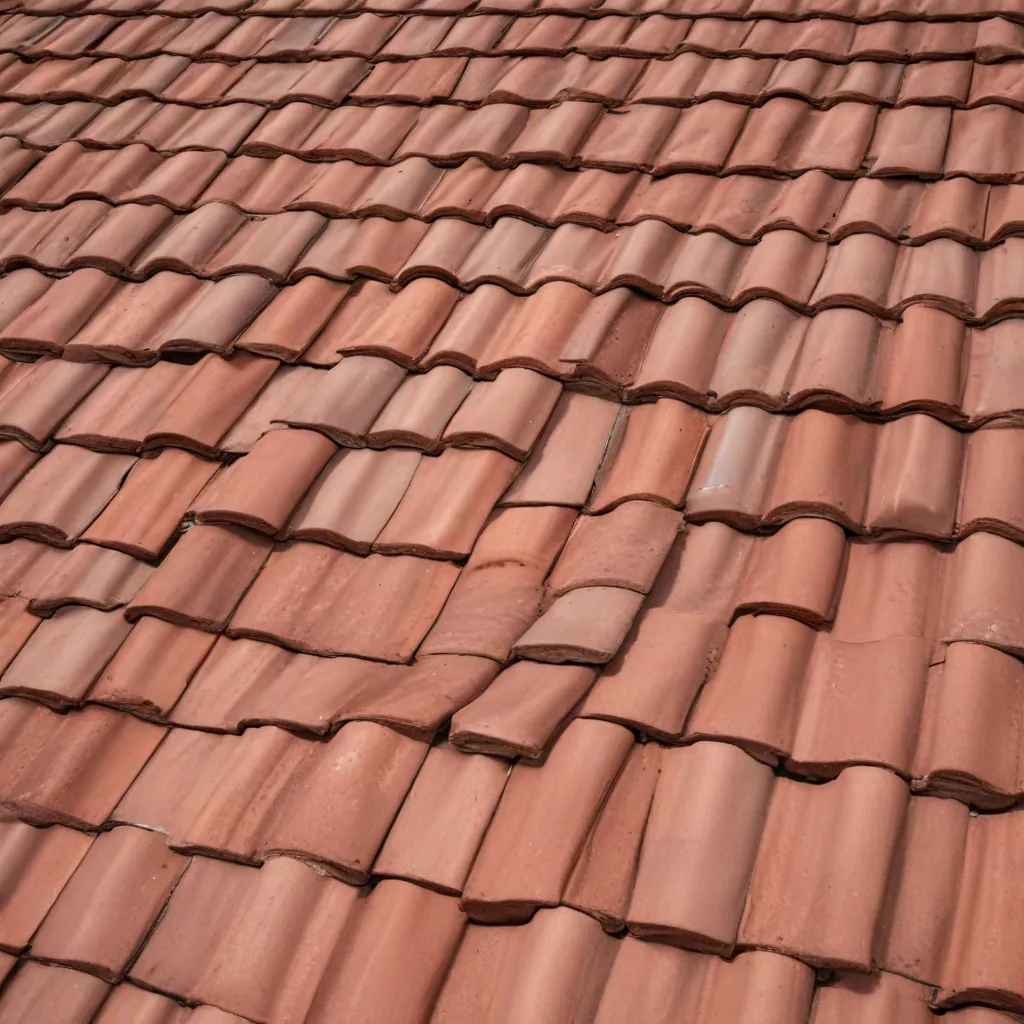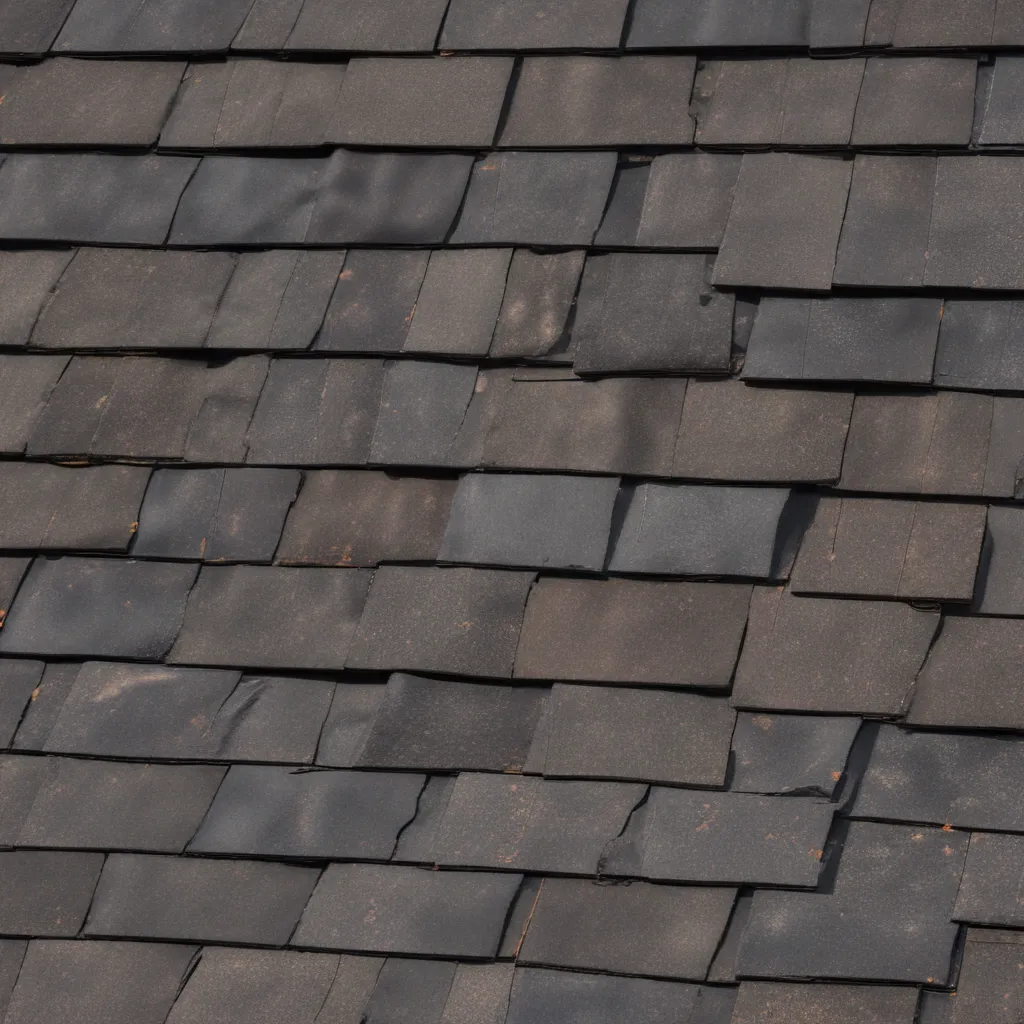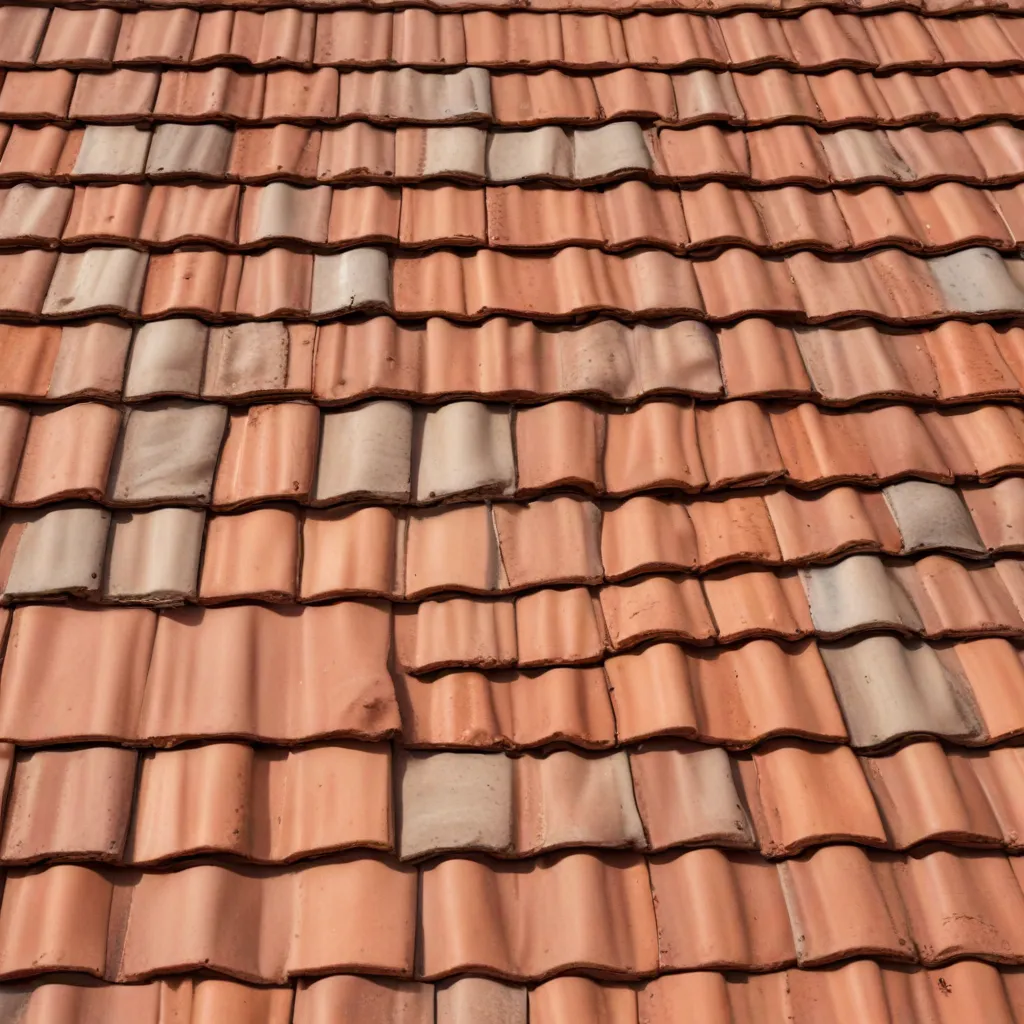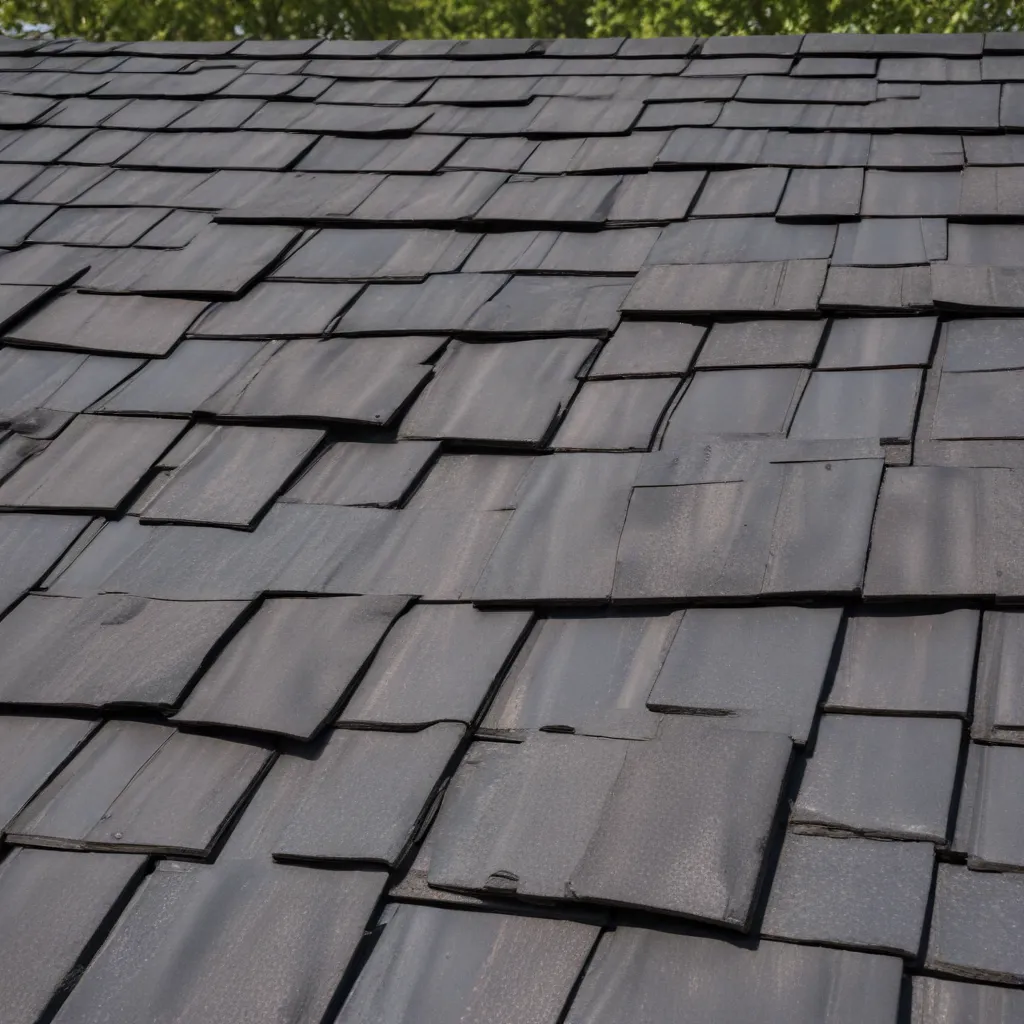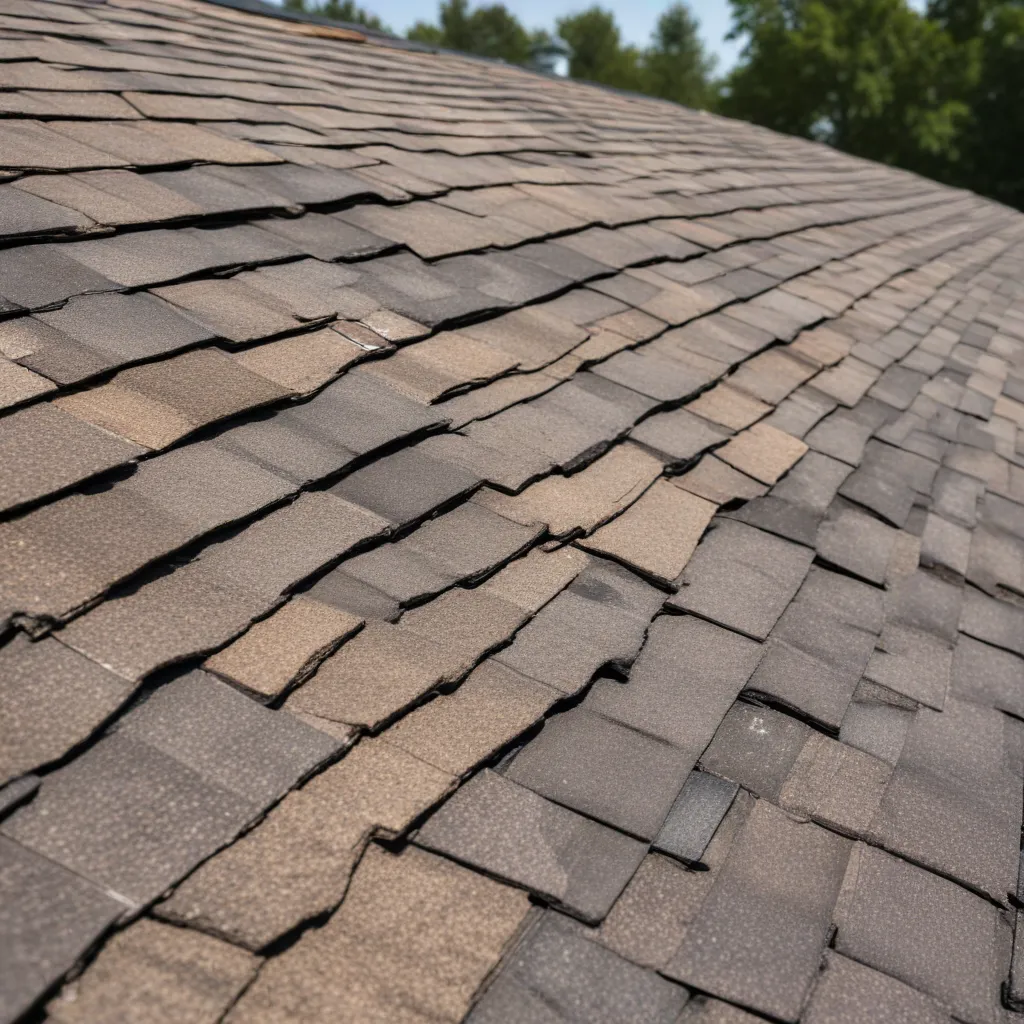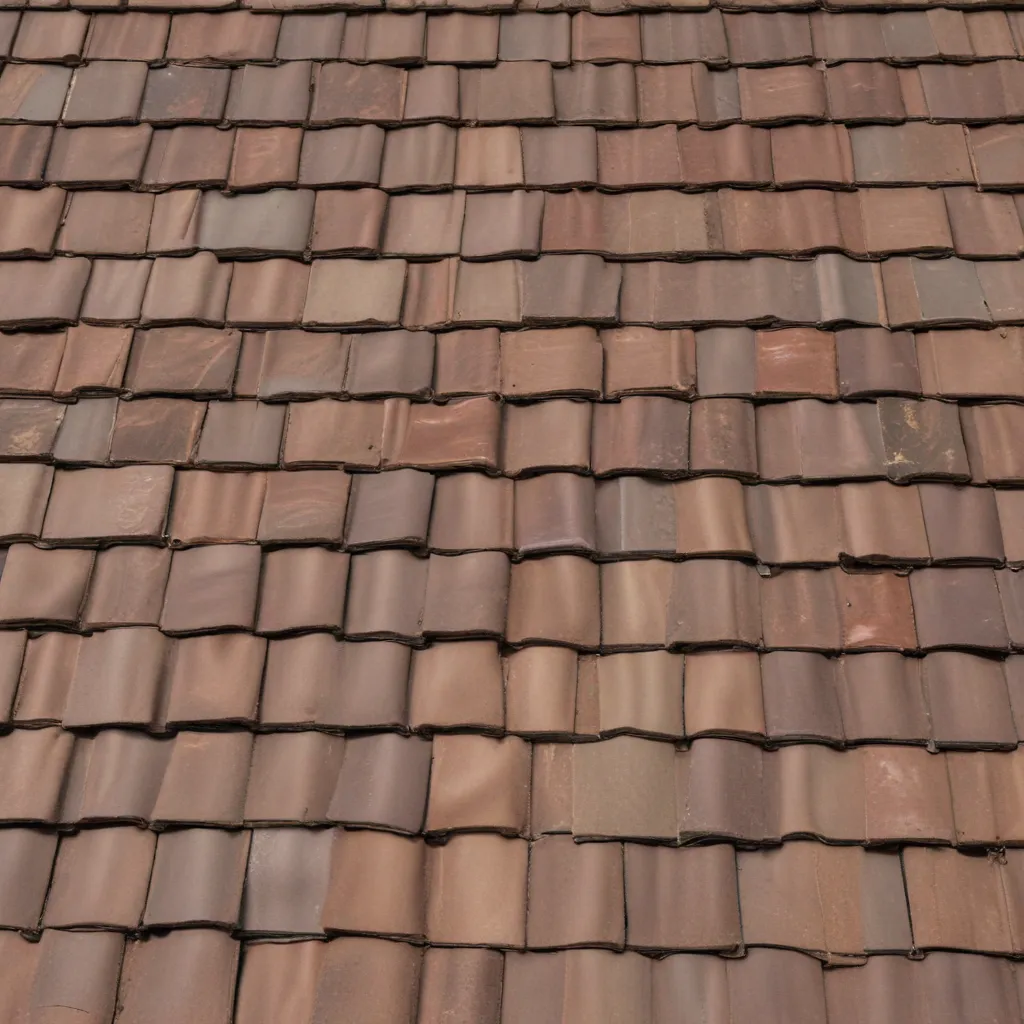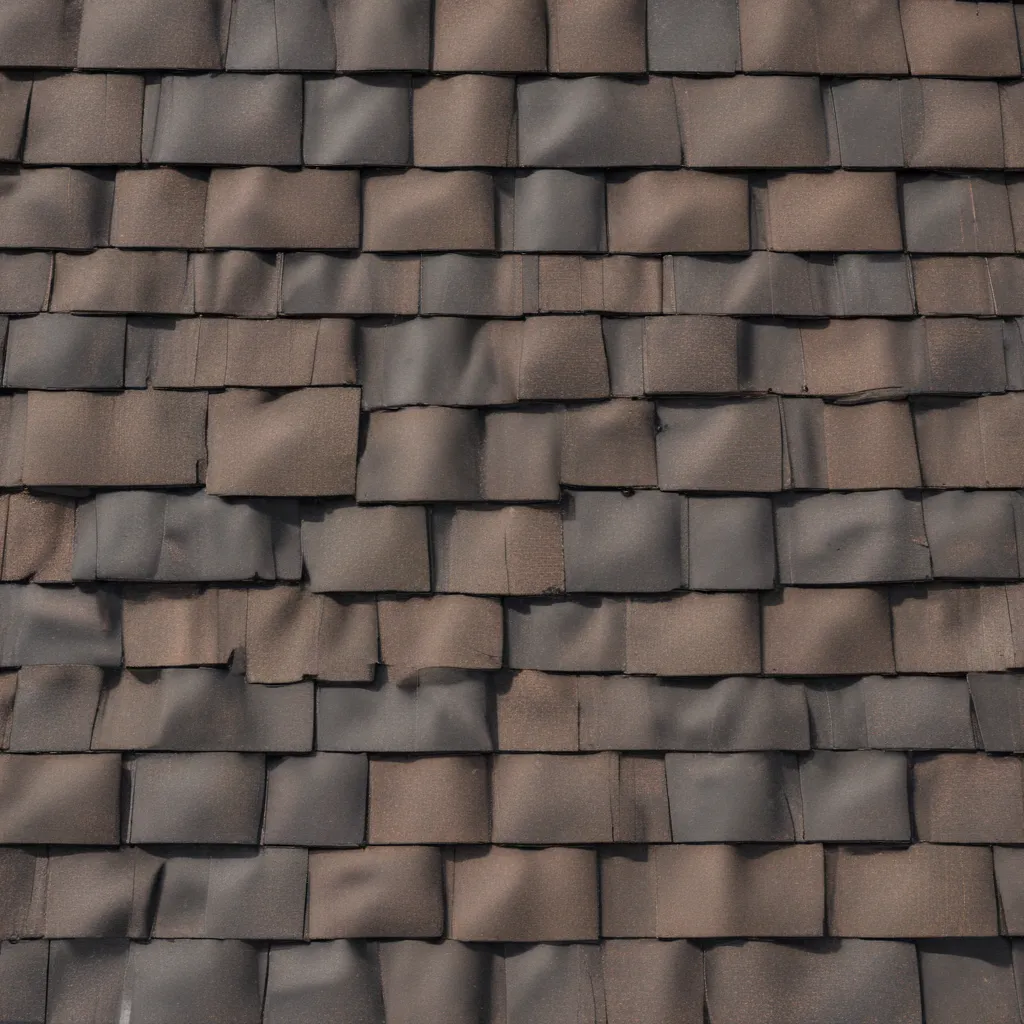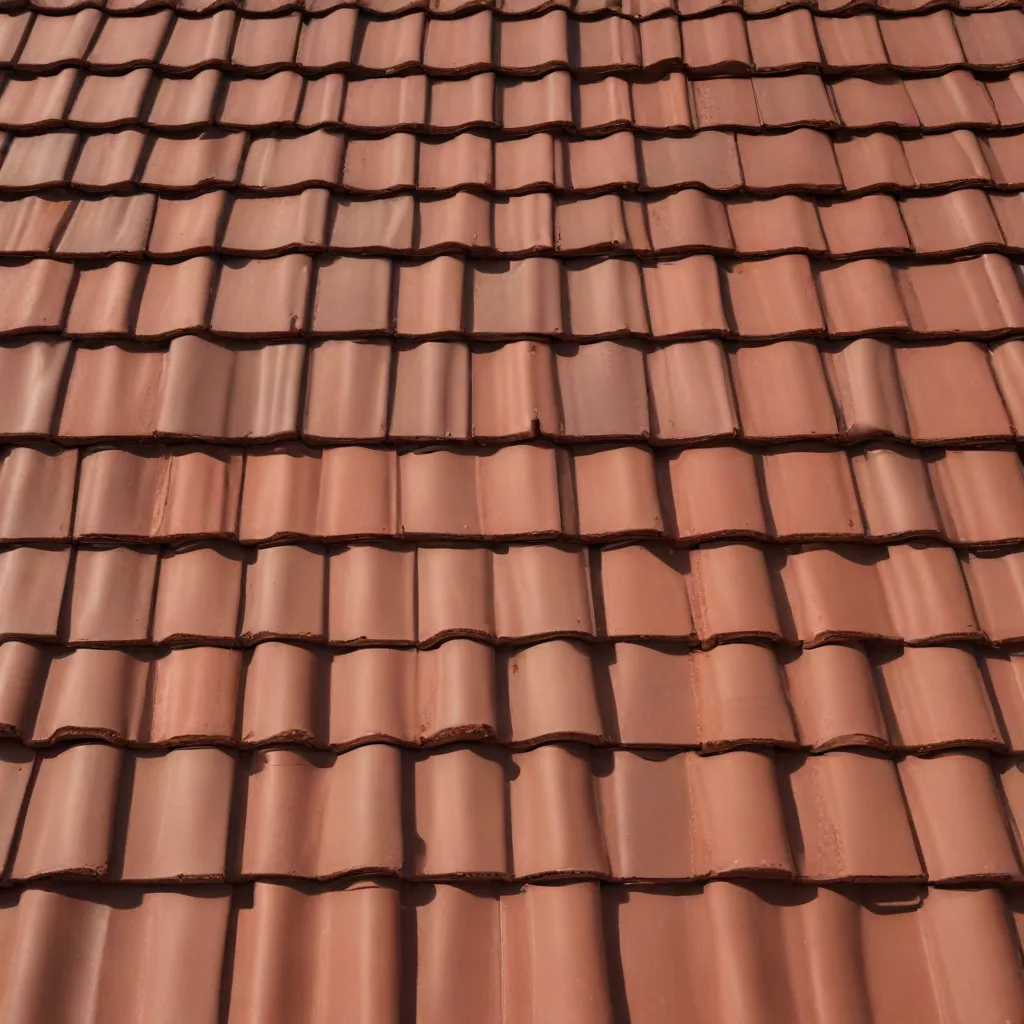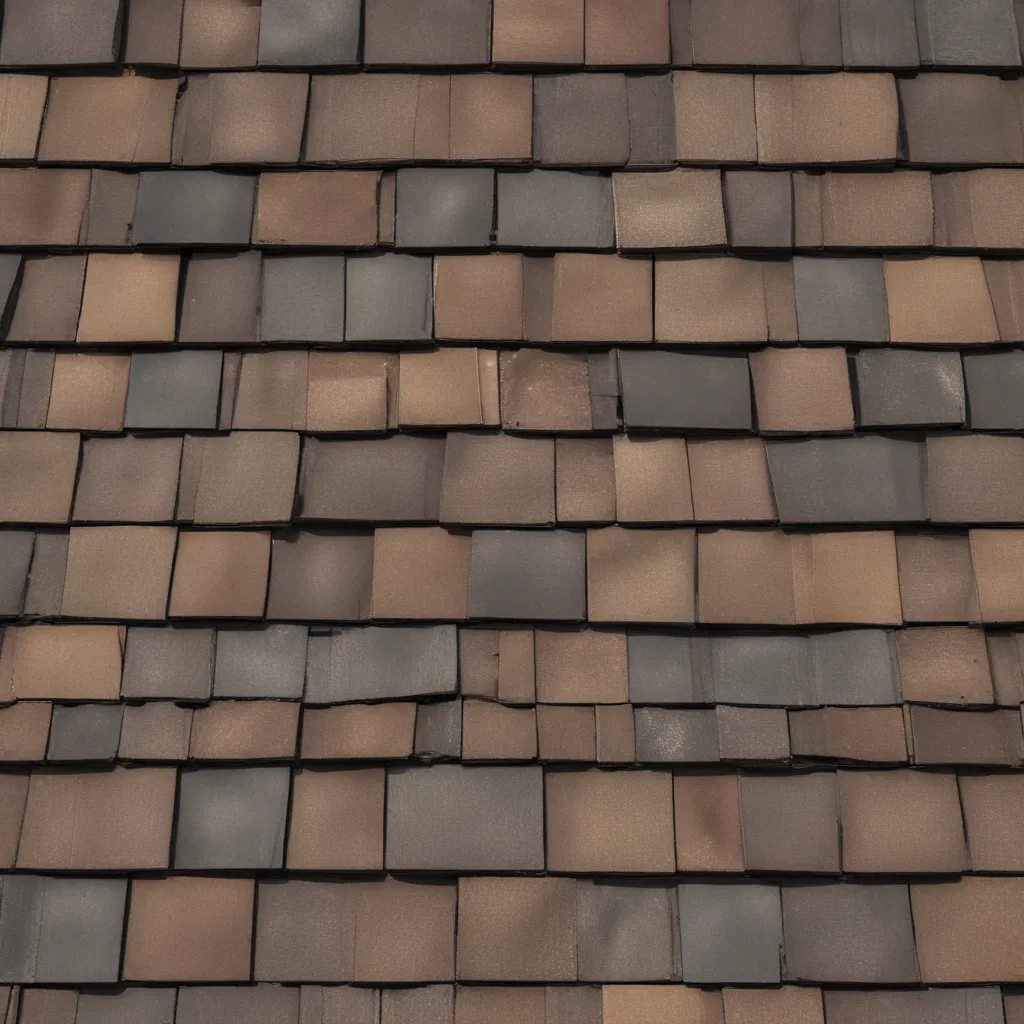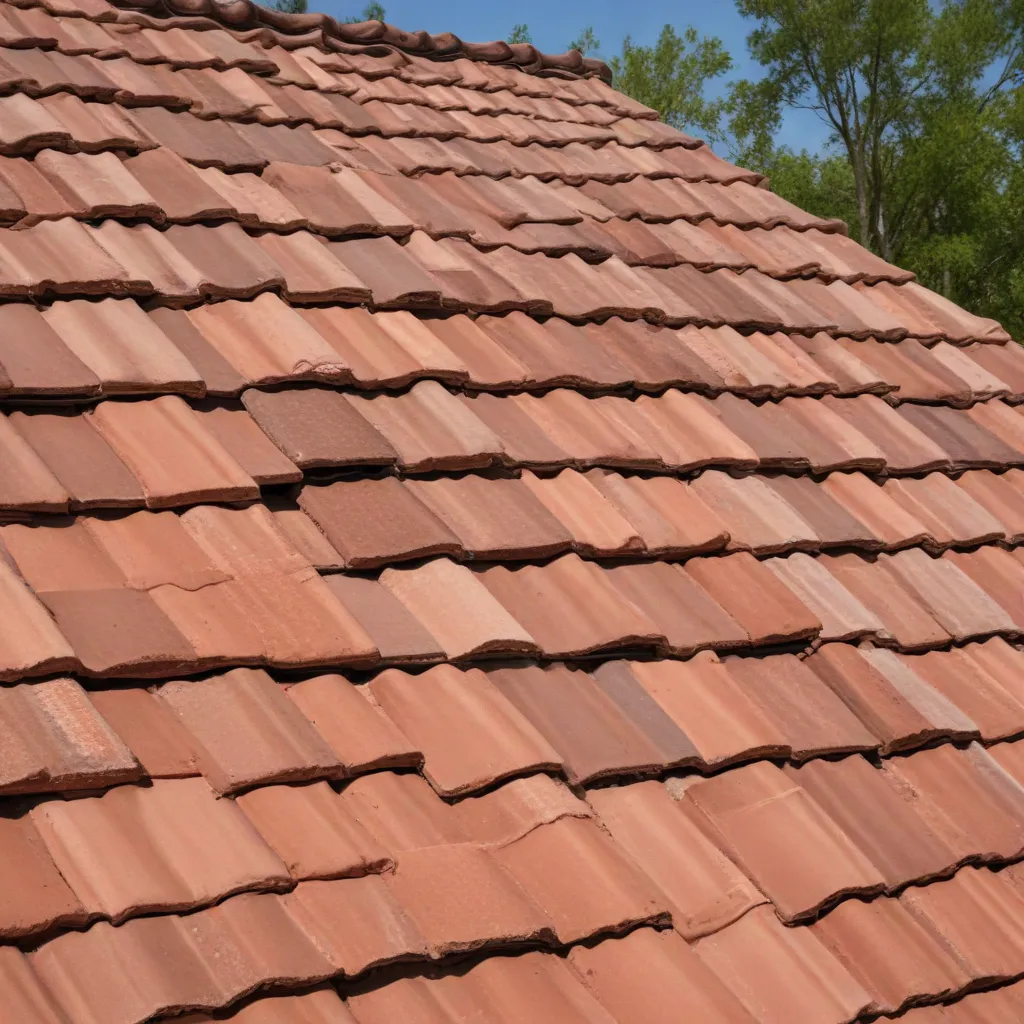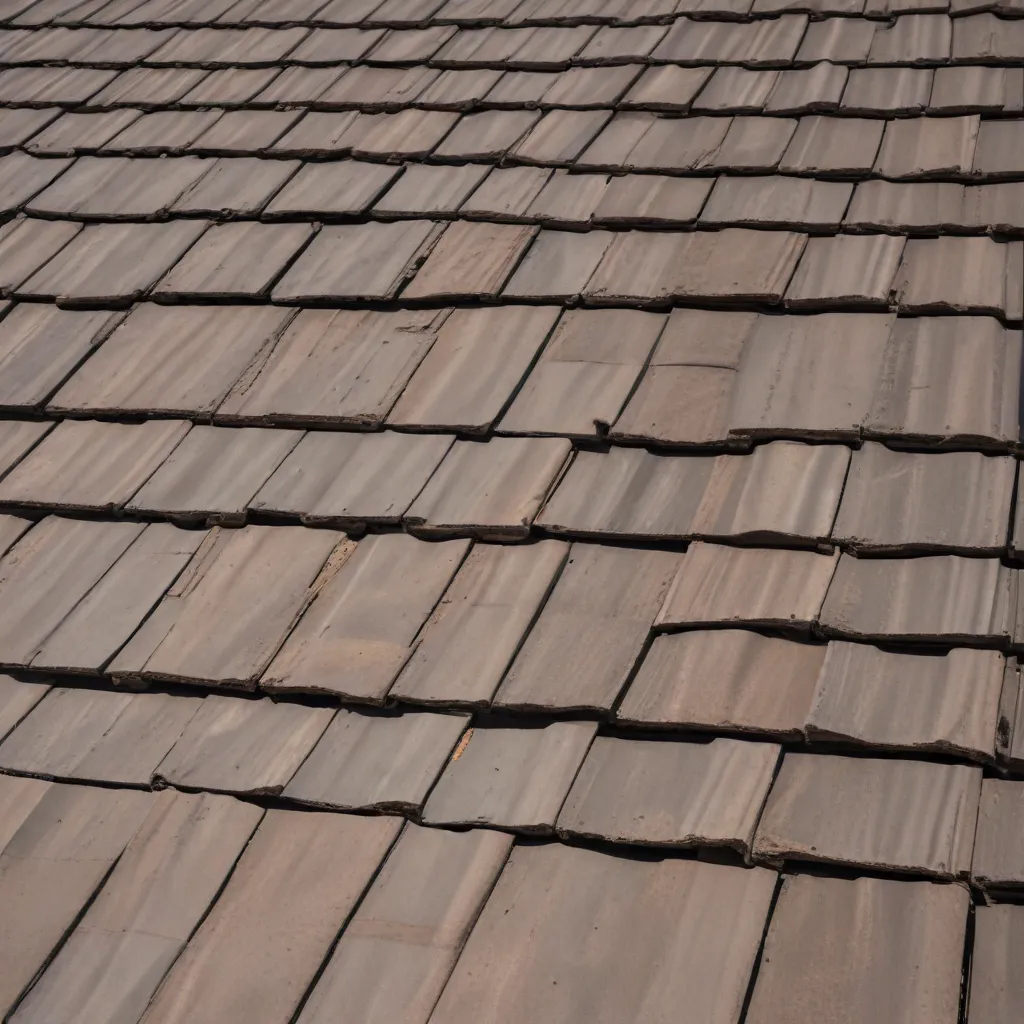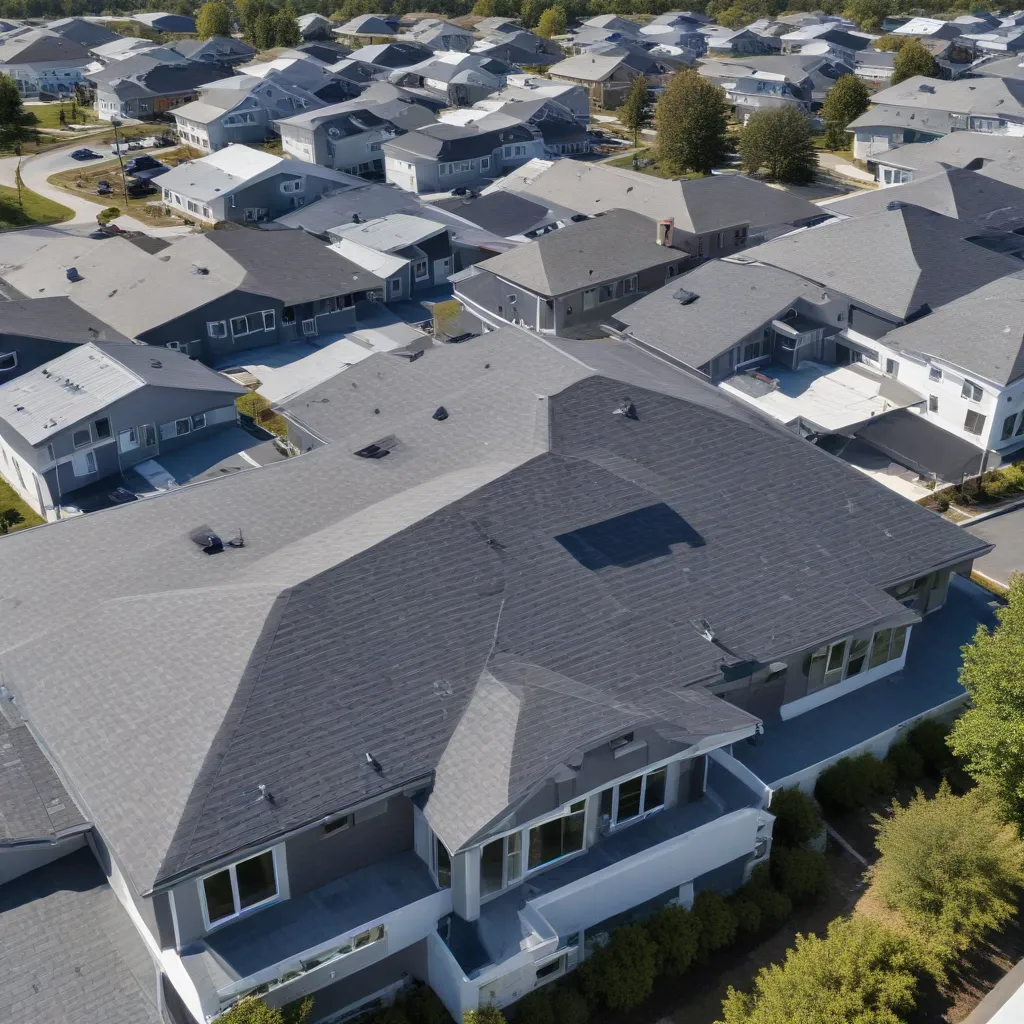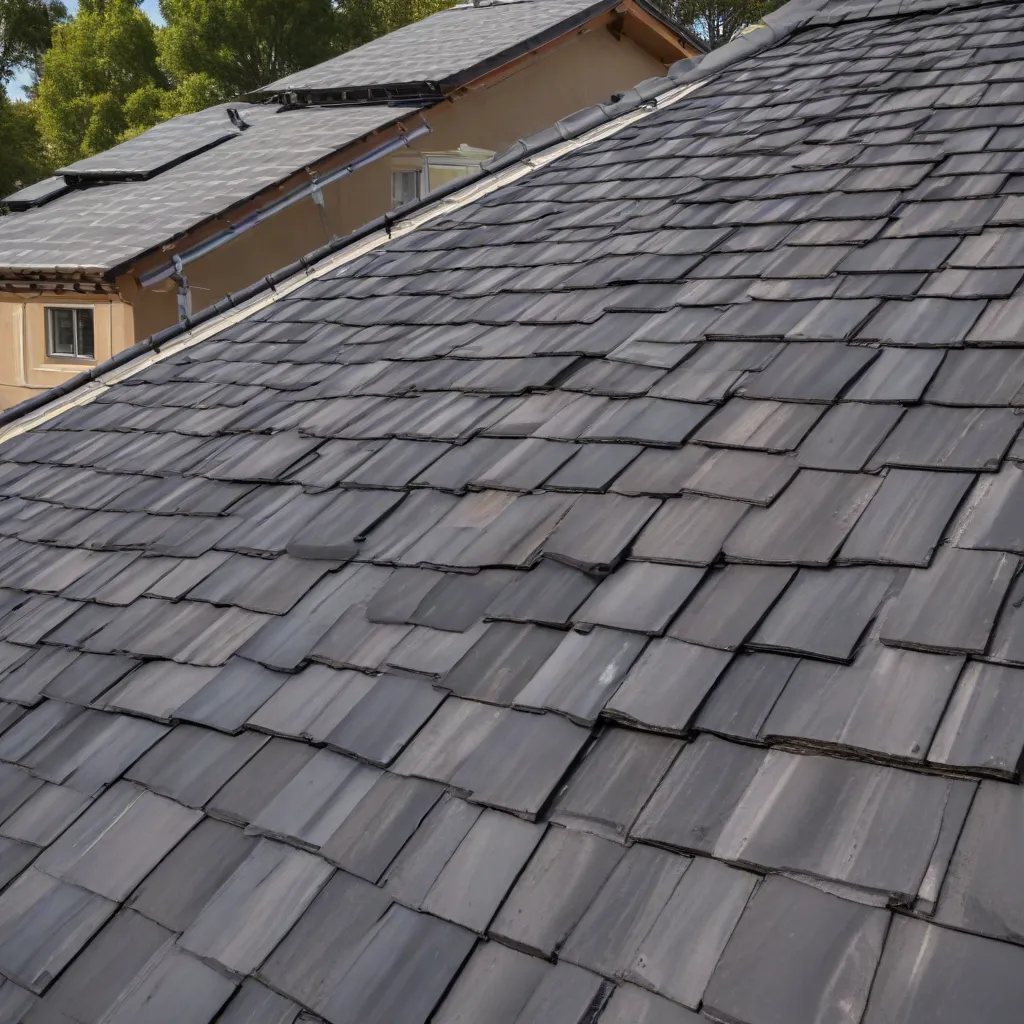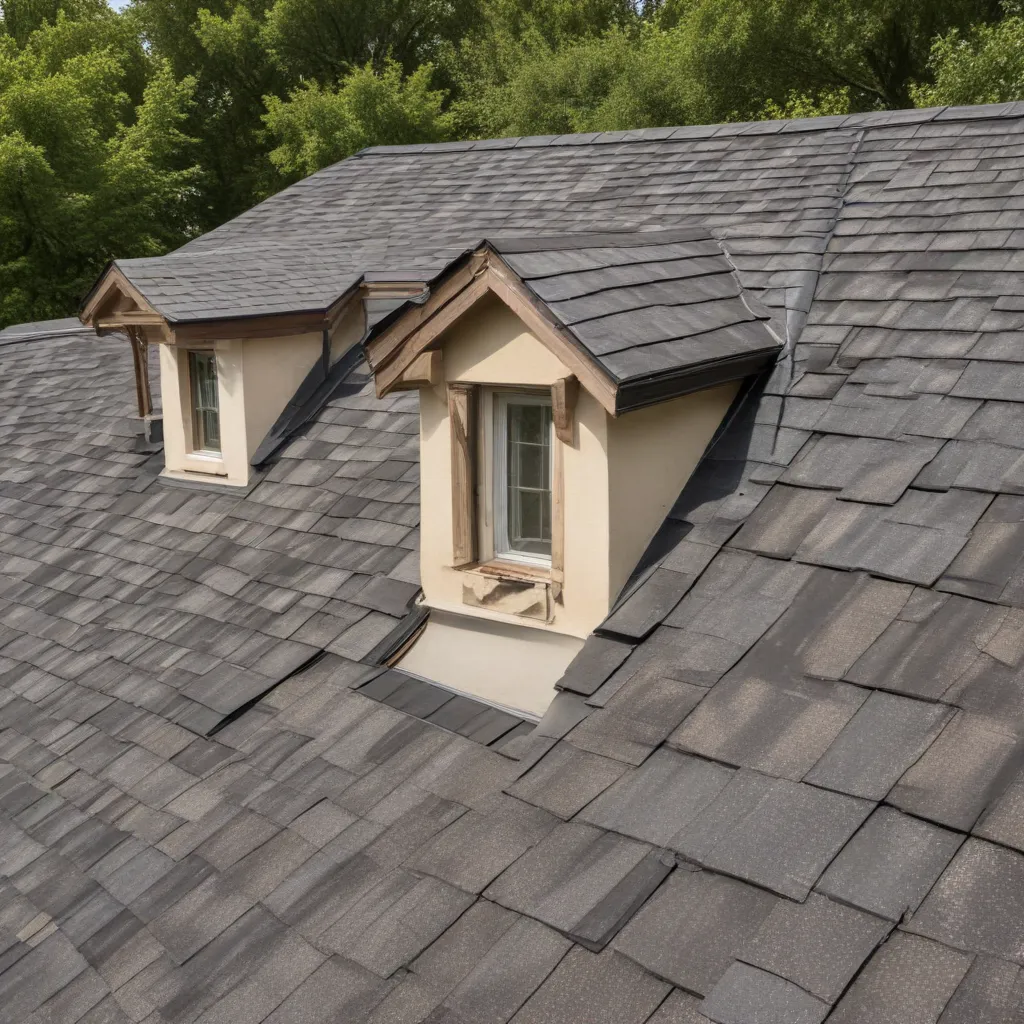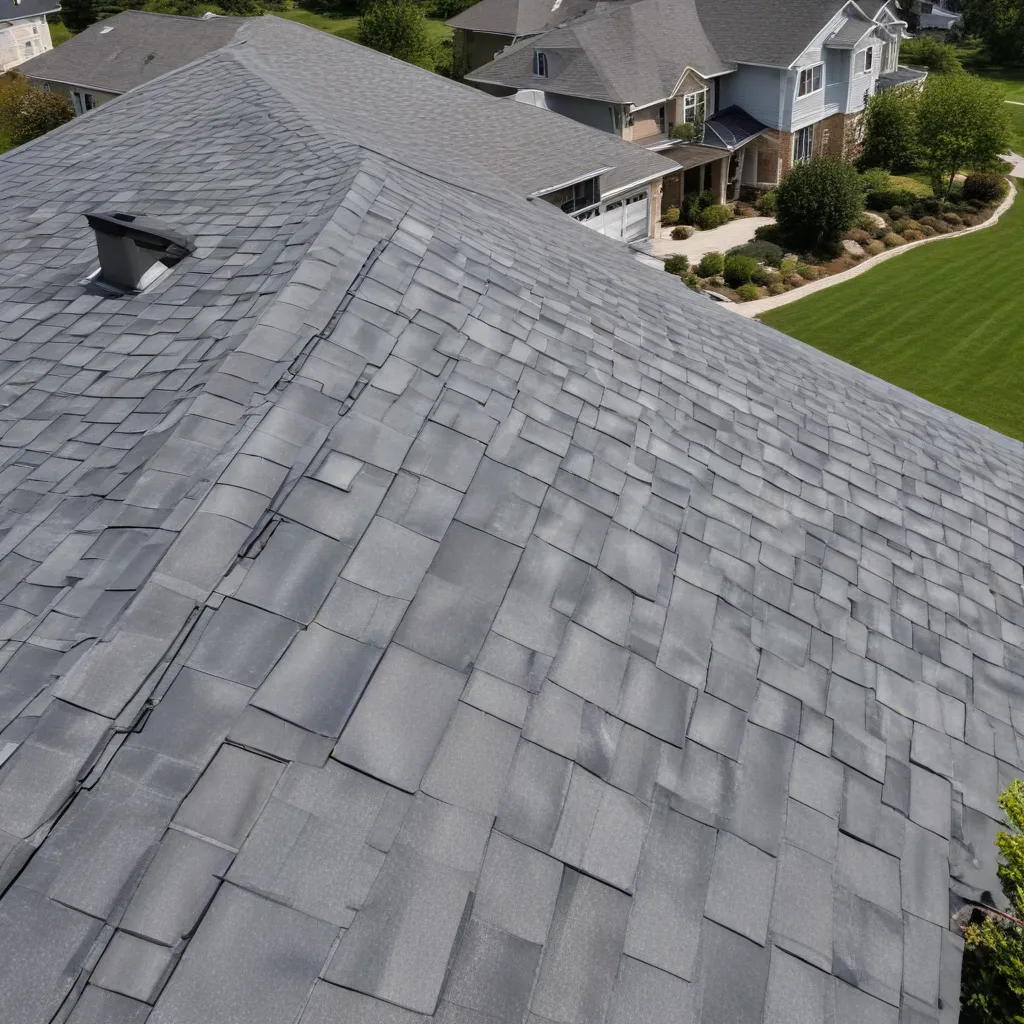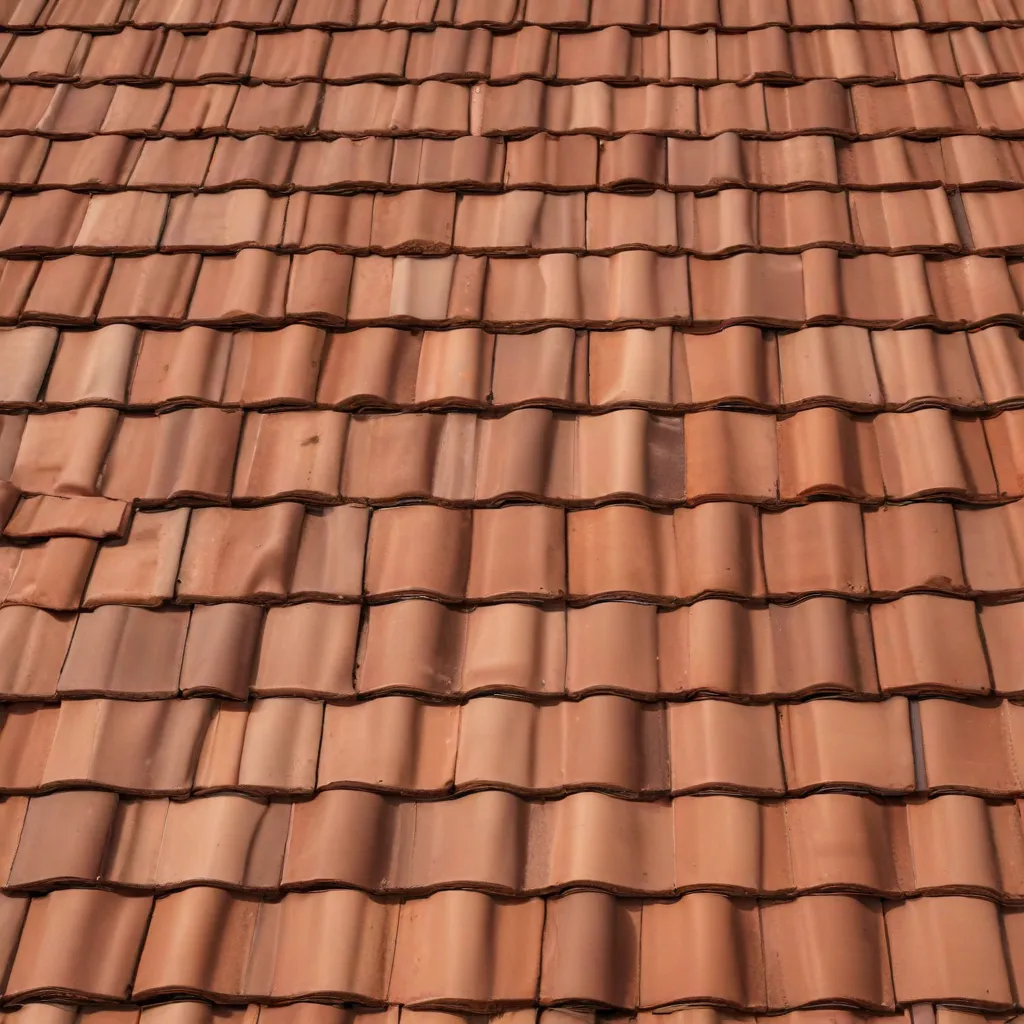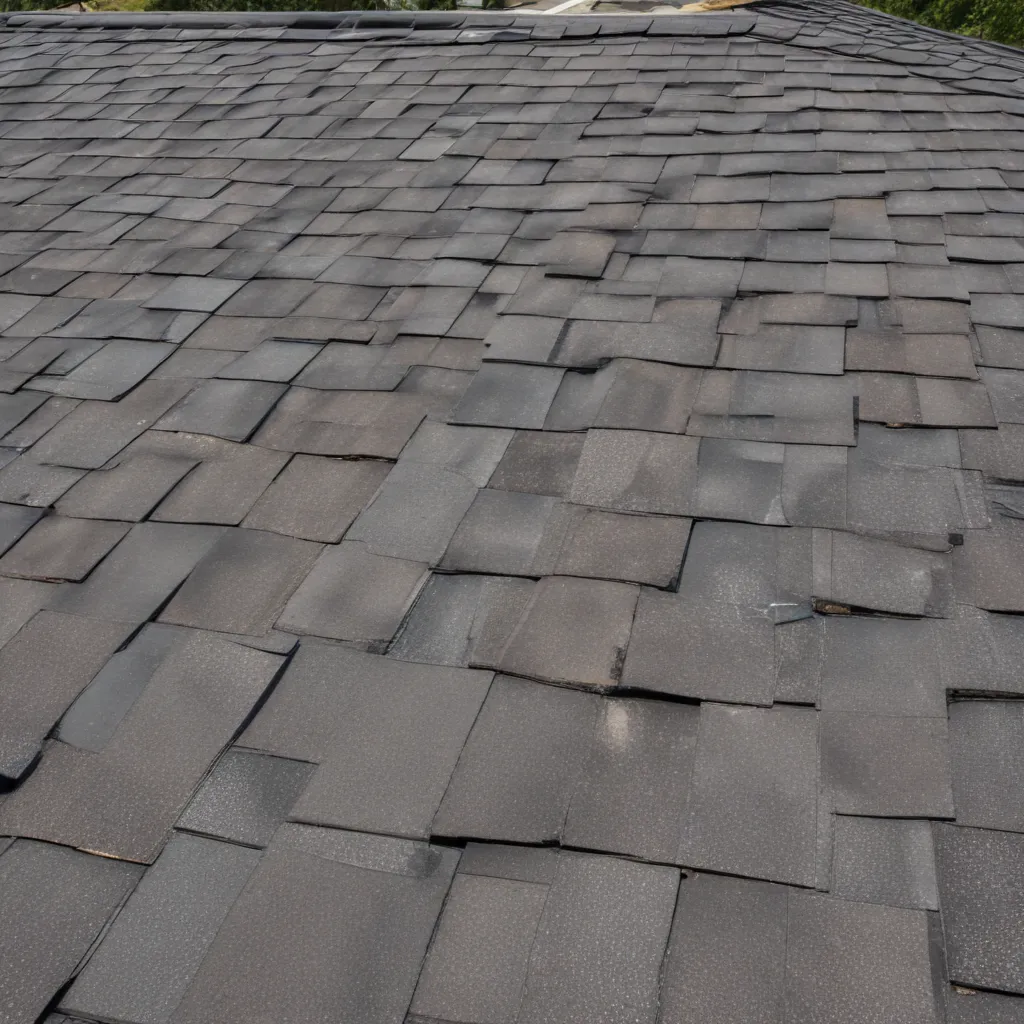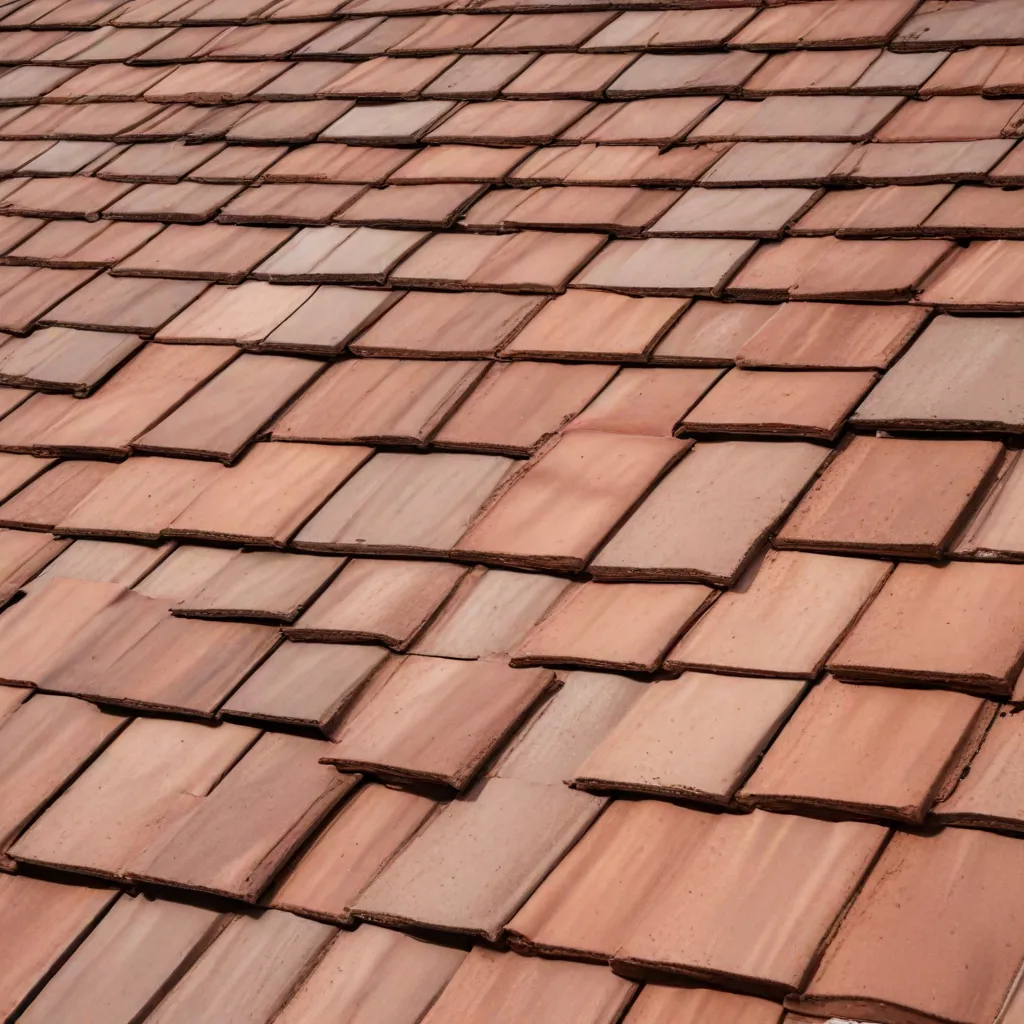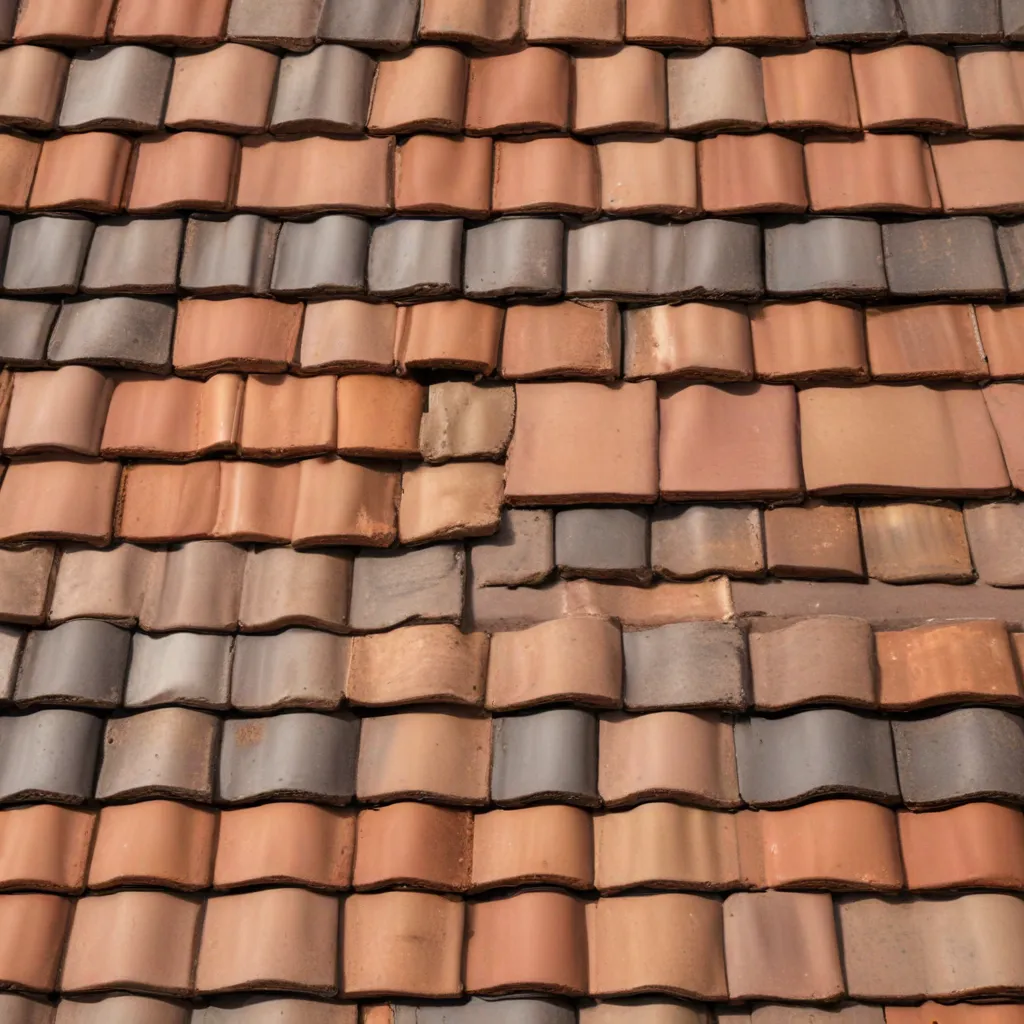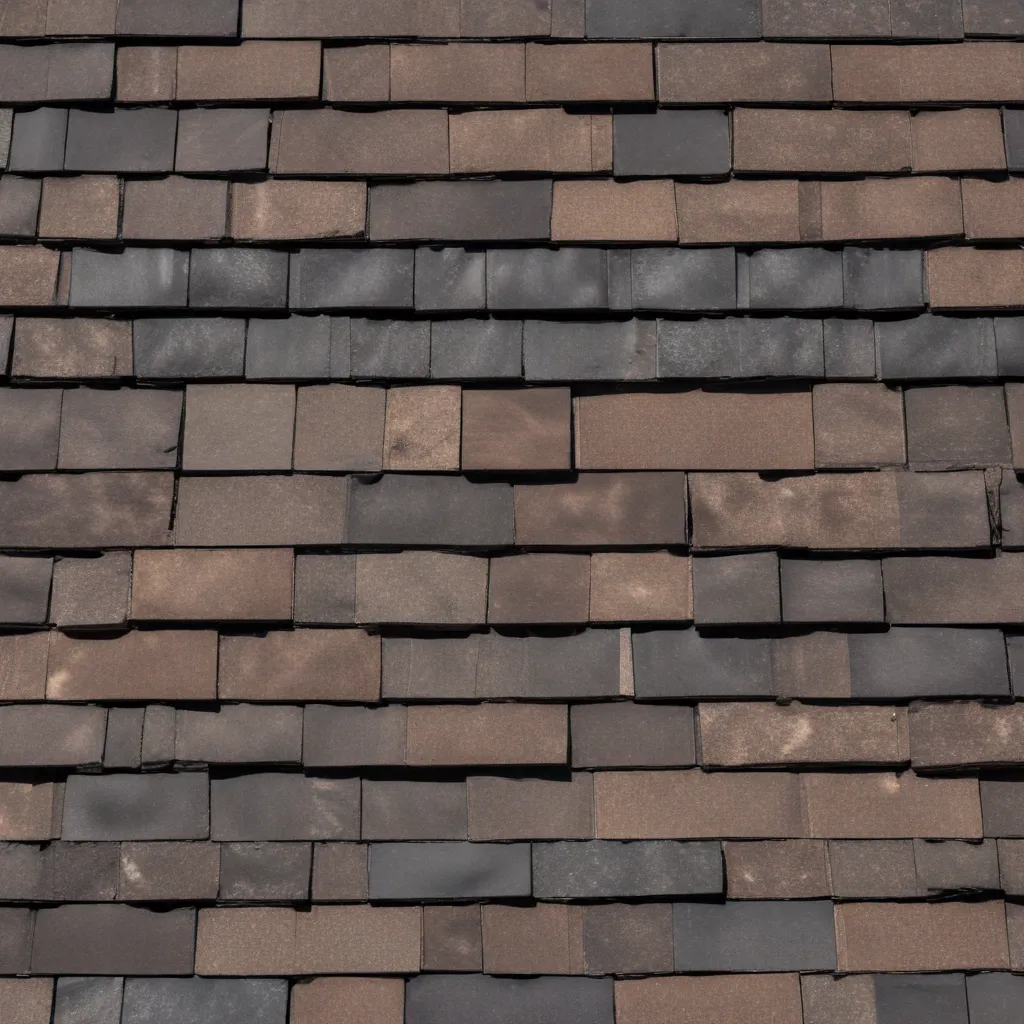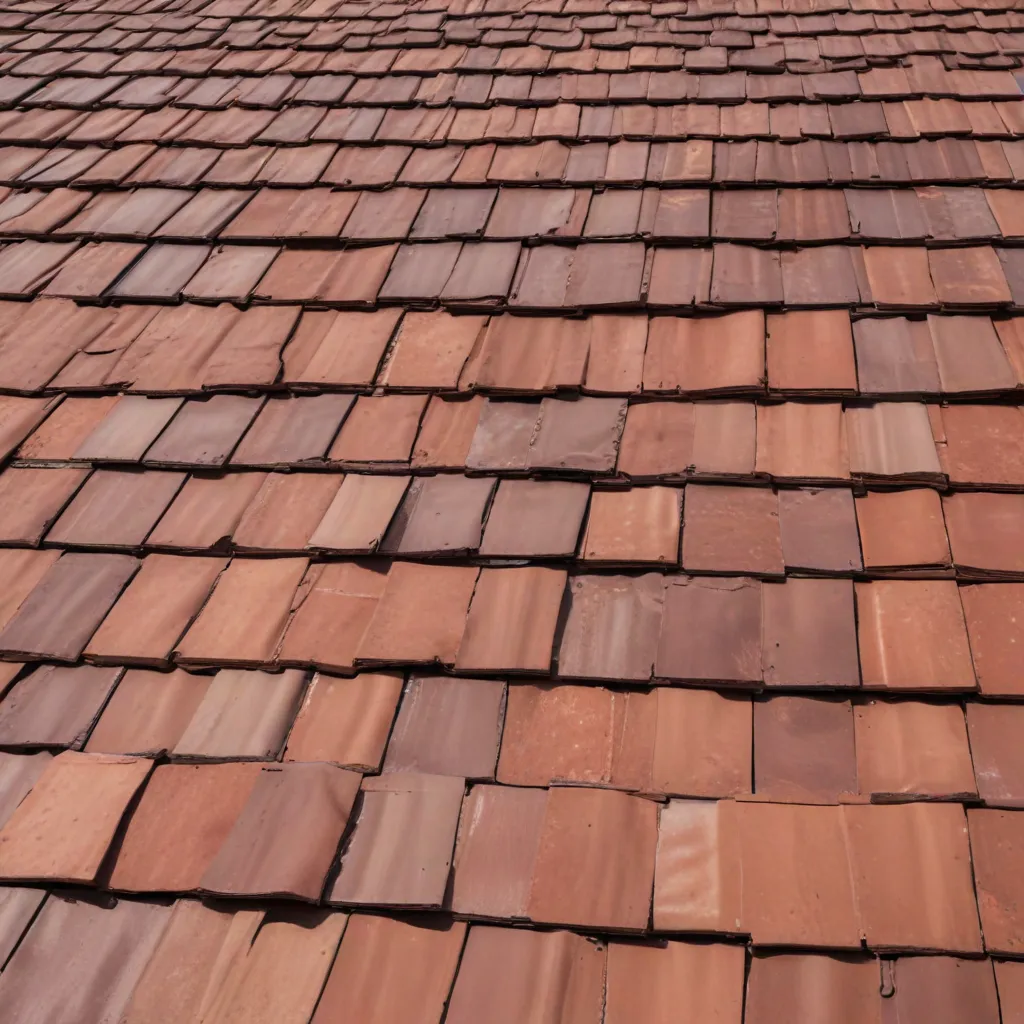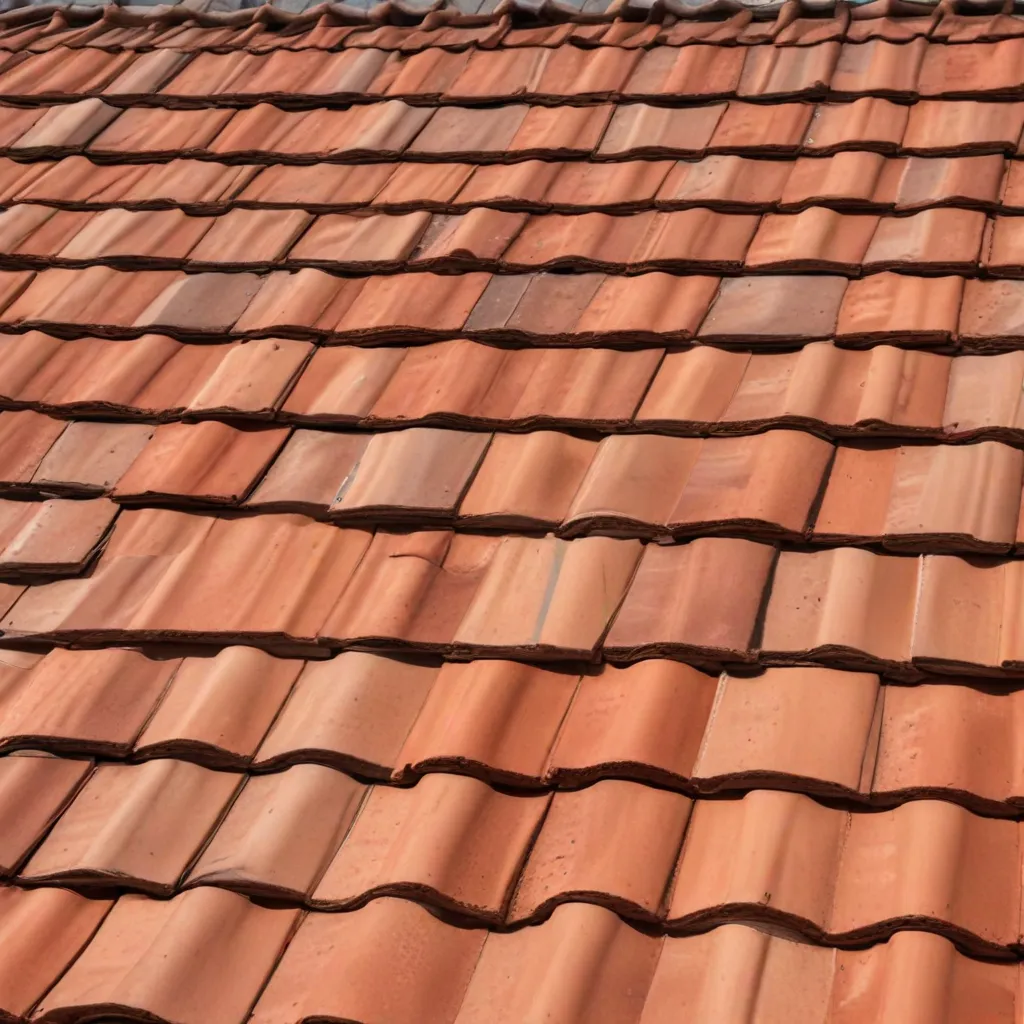
As an experienced roofing specialist with Genuine Roof Systems, I’ve had the privilege of working on a wide range of roofing projects, from commercial developments to residential communities. One material that consistently stands out for its timeless appeal and exceptional performance is tile roofing.
Curb Appeal Considerations
Tile roofing systems possess an undeniable aesthetic allure that can significantly enhance a property’s curb appeal. Whether you’re managing a corporate campus or upgrading a luxury home, tile’s versatility allows it to seamlessly blend with various architectural styles.
Aesthetic Enhancements: Tile roofing comes in a diverse array of colors, textures, and profiles, enabling you to create a customized look that complements your building’s design. From the warm, earthy tones of clay tiles to the sleek, contemporary appearance of concrete tiles, the options are endless. By carefully selecting the right tile, you can accentuate the unique features of your property and make a lasting impression on visitors and passersby.
Color and Style Selections: Beyond the classic red or terracotta hues, tile roofing now offers an expanded palette, including rich blues, deep greens, and even subtle grays. This allows you to coordinate the roof’s appearance with the building’s exterior finishes, landscaping, and other design elements. Some tile manufacturers also offer distressed or weathered finishes, adding a touch of rustic charm to a property.
Architectural Compatibility: Tile roofing’s versatility extends to its ability to harmonize with a wide range of architectural styles, from Mediterranean villas and Spanish haciendas to contemporary farmhouses and industrial-inspired structures. By carefully matching the tile’s profile and color to the building’s overall aesthetic, you can create a cohesive and visually appealing look that enhances the property’s character.
Performance Improvements
While tile’s aesthetic appeal is undoubtedly a significant draw, it’s the material’s exceptional performance characteristics that make it a standout choice for roofing upgrades.
Durability and Longevity: Tile roofing systems are renowned for their exceptional durability and longevity, often outlasting the buildings they protect. Concrete tiles can last for 50 to 100 years, while clay tiles can endure for over a century with proper maintenance. This long-term performance translates to a significant return on investment, as you won’t need to replace the roof as frequently as with other materials.
Energy Efficiency: Tile roofing’s inherent insulative properties and reflective nature make it an excellent choice for improving a building’s energy efficiency. The tiles’ ability to absorb and release heat at a slower rate helps regulate indoor temperatures, reducing the workload on the HVAC system. This can lead to substantial energy cost savings, especially in warm climates where cooling demands are high.
Maintenance Requirements: Contrary to popular belief, tile roofing systems do not require extensive maintenance. While they do need periodic inspections and occasional tile replacements, the overall maintenance requirements are relatively low compared to other roofing materials. This helps minimize long-term upkeep costs and ensures your roof remains in top condition for decades.
Roofing Material Options
When it comes to tile roofing, there are several distinct options to consider, each with its own unique characteristics and advantages.
Concrete Tile Roofs
Benefits and Drawbacks: Concrete tiles are a popular choice for their durability, versatility, and cost-effectiveness. They are resistant to fire, rot, and insect damage, making them a practical option for various climates. However, concrete tiles can be heavier than other roofing materials, requiring a more robust roof structure to support the weight.
Installation Considerations: Proper installation is crucial for the long-term performance of a concrete tile roof. The tiles must be securely fastened to the roof deck, and the underlayment must be carefully installed to ensure efficient drainage and ventilation.
Maintenance Strategies: Concrete tiles generally require minimal maintenance, but it’s essential to address any cracks or chips promptly to prevent water intrusion. Periodic cleaning with a soft-bristle brush and mild detergent can help maintain the tiles’ appearance and prevent the buildup of moss or algae.
Clay Tile Roofs
Aesthetic Characteristics: Clay tiles offer a timeless, classic appearance that has been treasured for centuries. Their warm, earthy tones and varied textures can lend a rich, sophisticated look to any building, from traditional Mediterranean-style homes to contemporary farmhouse designs.
Thermal Properties: Clay tiles are renowned for their excellent thermal performance, helping to regulate indoor temperatures and reduce energy consumption. The tiles’ natural ability to absorb and release heat at a slower rate can contribute to significant cooling cost savings, especially in hot climates.
Maintenance Needs: While clay tiles are exceptionally durable, they do require more ongoing maintenance compared to some other roofing materials. Regular inspections and prompt repairs of any cracked or loose tiles are essential to maintain the roof’s integrity and prevent water damage.
Slate Tile Roofs
Durability and Lifespan: Slate tiles are widely regarded as one of the most durable and long-lasting roofing materials available. With a lifespan of up to 200 years, a slate roof can outlive the building it protects, making it a wise investment for those seeking a truly sustainable roofing solution.
Installation Challenges: Slate tiles are relatively heavy and require a sturdy roof structure to support their weight. The installation process can also be more complex, often requiring specialized skills and equipment, which can result in a higher initial cost.
Sustainability Factors: Slate is a natural, quarried material that is inherently sustainable. It can be recycled or repurposed at the end of a building’s life, further enhancing its eco-friendly credentials. Additionally, the long lifespan of slate roofs reduces the need for frequent replacements, minimizing the environmental impact.
Roof Tile Installation
Proper installation is critical to the long-term performance and aesthetic of a tile roofing system. From the underlayment to the fastening methods, each component plays a crucial role in ensuring the roof’s durability and weatherproofing.
Proper Underlayment
Moisture Protection: The underlayment serves as the first line of defense against water intrusion, providing a reliable barrier between the roof deck and the tiles. Choosing the right underlayment material, such as synthetic or self-adhered membranes, is essential for preventing leaks and protecting the structural integrity of the roof.
Ventilation Requirements: Adequate roof ventilation is crucial for tile roofing systems. The underlayment must be installed in a way that allows for proper air circulation, helping to regulate temperatures and prevent moisture buildup, which can lead to premature deterioration.
Code Compliance: Ensuring that the underlayment and installation methods adhere to local building codes is essential. This not only ensures the safety and longevity of the roofing system but also protects the homeowner or building owner from potential legal issues or insurance complications.
Roof Tile Fastening
Attachment Methods: Tile roofs can be secured to the roof deck using a variety of fastening methods, such as nails, screws, or specialized tile clips. The choice of fastener depends on the tile profile, roof slope, and local wind and weather conditions, as well as the specific requirements of the tile manufacturer.
Wind and Weather Resistance: Proper fastening is critical for ensuring the roof’s ability to withstand high winds, heavy rain, and other extreme weather events. Tile roofs must be securely anchored to the roof structure to prevent uplift and maintain their weathertightness.
Accessibility Considerations: The installation method should also take into account the ease of future maintenance and repairs. Tile roofs with accessible fasteners, such as screw-down systems, can simplify the process of replacing individual tiles if necessary.
Flashing and Trim
Leak Prevention: Properly installed flashings around chimneys, skylights, and roof valleys are essential for preventing water infiltration and ensuring the long-term performance of the tile roofing system.
Aesthetic Integration: The flashing and trim used for a tile roof should be carefully selected to complement the tiles’ color, texture, and profile, creating a seamless and visually appealing appearance.
Specialized Tile Accessories: Tile roofing systems often require specialized accessories, such as ridge caps, hip tiles, and end caps, to ensure a cohesive and watertight installation. These elements not only contribute to the roof’s functionality but also enhance its overall aesthetic.
Maintenance and Repair
Proper maintenance is key to ensuring the longevity and optimal performance of a tile roofing system. Regular inspections, targeted repairs, and proactive cleaning can help extend the life of your roof and maintain its curb appeal.
Routine Inspections
Identifying Issues: Periodic inspections, either by the homeowner or a professional roofing contractor, can help identify any potential problems, such as cracked or missing tiles, compromised flashings, or the buildup of debris. Addressing these issues promptly can prevent further damage and costly repairs down the line.
Preventive Measures: Regular maintenance, such as clearing gutters and downspouts, trimming overhanging vegetation, and removing moss or algae growth, can help preserve the tiles’ condition and prevent premature deterioration.
Professional Assessments: For a more comprehensive evaluation, it’s recommended to have a licensed and experienced roofing contractor inspect the tile roof annually. They can provide detailed assessments, recommend necessary repairs, and advise on any upgrades or replacements that may be required.
Tile Replacement
Matching Existing Tiles: When a tile needs to be replaced, it’s crucial to find a replacement that closely matches the existing tiles in terms of color, texture, and profile. This ensures a seamless and visually cohesive appearance, preserving the overall aesthetic of the roof.
Repair Techniques: Skilled roofers can use specialized techniques, such as tile patching or mortar replacement, to repair minor cracks or chips in the tiles, helping to extend the life of the roofing system.
Structural Considerations: In some cases, a more extensive tile replacement may be necessary, requiring a thorough assessment of the roof’s underlying structure to ensure the new tiles can be properly supported.
Roof Tile Cleaning
Removing Debris and Stains: Over time, a tile roof may accumulate debris, such as leaves, twigs, or bird droppings, as well as discoloration from environmental factors. Regular cleaning with a soft-bristle brush and mild detergent can help restore the tiles’ appearance and prevent the buildup of moss or algae.
Preserving Tile Integrity: It’s important to use cleaning methods that are gentle on the tiles, avoiding harsh chemicals or high-pressure washing, which could potentially damage the surface or compromise the tiles’ weatherproofing properties.
Environmental Considerations: When cleaning a tile roof, it’s essential to consider the impact on the surrounding environment, such as the potential for chemical runoff or the disturbance of wildlife habitats. Eco-friendly cleaning solutions and sustainable practices can help minimize the environmental footprint of the maintenance process.
By understanding the nuances of tile roofing, from curb appeal considerations to performance upgrades and maintenance best practices, you can make informed decisions that maximize the investment in your property. Whether you’re managing a commercial development or enhancing a residential community, tile roofing offers a timeless and versatile solution that blends exceptional form and function. For more information on the latest roofing materials and installation techniques, visit Genuine Roof Systems.

